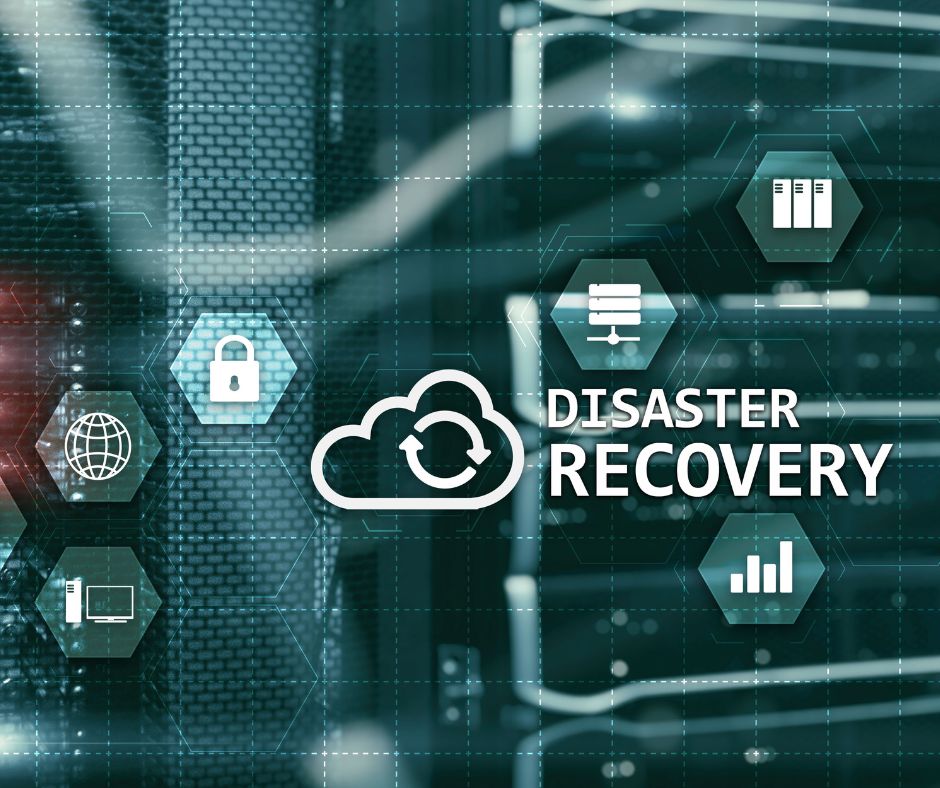 In the digital age, data is at the heart of every business operation. From critical financial records to customer information and intellectual property, data drives decision-making and fuels growth. Consequently, data loss can be catastrophic, leading to financial losses, reputational damage, and even legal consequences. As a competent SEO and senior copywriter, I am here to provide you with comprehensive insights into the best practices for data backup and recovery, ensuring that your business remains resilient in the face of data-related challenges.
In the digital age, data is at the heart of every business operation. From critical financial records to customer information and intellectual property, data drives decision-making and fuels growth. Consequently, data loss can be catastrophic, leading to financial losses, reputational damage, and even legal consequences. As a competent SEO and senior copywriter, I am here to provide you with comprehensive insights into the best practices for data backup and recovery, ensuring that your business remains resilient in the face of data-related challenges.
Understanding the Importance of Data Backup
The Cost of Data Loss
Data loss can occur due to various reasons, including hardware failures, human errors, cyberattacks, and natural disasters. Regardless of the cause, the cost of data loss can be immense. According to a study conducted by EMC, data loss and downtime cost businesses worldwide around $1.7 trillion annually. These costs include lost productivity, data recovery efforts, and potential legal penalties.
Business Continuity and Compliance
For any business, continuity is vital. Regular data backups are essential for maintaining business continuity, ensuring that operations can resume swiftly after an incident. Additionally, certain industries have legal requirements for data retention and privacy, making data backup an essential component of regulatory compliance.
Key Data Backup Strategies
Regular and Automated Backups
The best way to prevent data loss is to establish a regular and automated backup schedule. This ensures that critical data is consistently copied to a secure storage location. Automated backups reduce the risk of human error and guarantee that no important data is left unprotected.
Implementing the 3-2-1 Backup Rule
The 3-2-1 backup rule is a widely recognized strategy for data protection. It involves creating three copies of your data: the primary data, a secondary backup on different media, and a third backup stored offsite. This approach provides redundancy and safeguards against data loss from hardware failures or localized disasters.
Utilizing Cloud Backup Solutions
Cloud-based backup solutions offer several advantages, including scalability, accessibility, and cost-effectiveness. With cloud backup, data is stored in secure data centers with robust disaster recovery measures. This ensures that your data remains safe even in the event of a physical disaster at your primary location.
Testing and Validating Backups
Regularly testing and validating backups are crucial steps in the data backup process. It ensures that the backup copies are complete, accurate, and can be successfully restored when needed. Regular testing also helps identify any issues with the backup system and allows for necessary adjustments.
Data Recovery Best Practices
Establishing a Disaster Recovery Plan
A disaster recovery plan outlines the steps to be taken in the event of data loss or system failure. It includes procedures for restoring data from backups, identifying key personnel responsible for recovery efforts, and establishing communication protocols during a crisis.
Prioritizing Data Restoration
Not all data is equal in terms of criticality. Classifying data based on importance allows businesses to prioritize data restoration during recovery efforts. This ensures that essential operations can resume promptly while less critical data can be recovered subsequently.
Training and Awareness
A comprehensive data recovery strategy must include training and awareness programs for employees. Staff members should be familiar with the disaster recovery plan, understand their roles during recovery, and be aware of potential data loss risks and how to avoid them.
Engaging Professional Data Recovery Services
In some cases, data loss may be more complex than a simple restore from backups. Engaging professional data recovery services can be essential when dealing with physically damaged storage media or sophisticated cyberattacks. These experts have the necessary tools and expertise to recover data from challenging situations.
The Role of Data Security in Backup and Recovery
Encryption and Access Control
Data security should be a top priority in both backup and recovery processes. Encrypting data before sending it to offsite backups ensures that even if unauthorized individuals gain access, the data remains unreadable. Additionally, access controls should be implemented to restrict data access to authorized personnel only.
Multi-Factor Authentication (MFA)
Implementing MFA for backup and recovery systems adds an extra layer of security. MFA requires users to provide additional verification factors, such as a code from a mobile device, in addition to their passwords. This reduces the risk of unauthorized access to backup data.
Conclusion
Data loss is a severe threat that no business can afford to ignore. By implementing best practices for data backup and recovery, such as regular and automated backups, adherence to the 3-2-1 backup rule, utilization of cloud backup solutions, and establishing a disaster recovery plan, businesses can fortify themselves against potential data disasters.
Remember, data loss prevention is an ongoing process. Regularly testing and validating backups, training employees on disaster recovery protocols, and engaging professional data recovery services, when necessary, will help ensure that your business can recover swiftly and effectively from any data-related incident.
Investing in robust data backup and recovery strategies is not just a choice; it's a necessity in today's data-driven business landscape. Protecting your valuable data assets will position your business for success and demonstrate your commitment to providing uninterrupted services to your customers. Allow us to help your business, book a quick meeting with our cybersecurity experts today.



